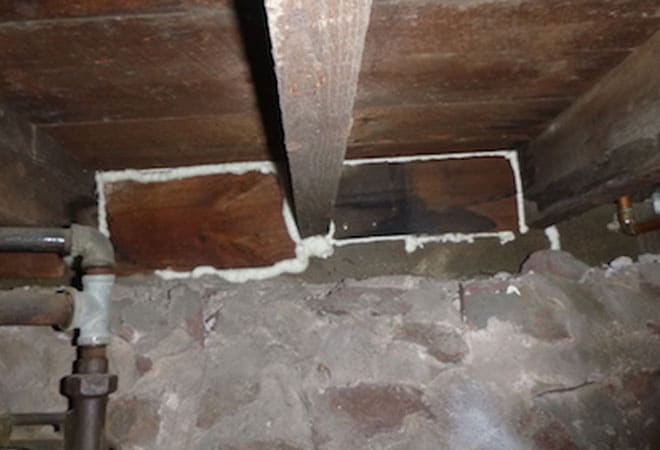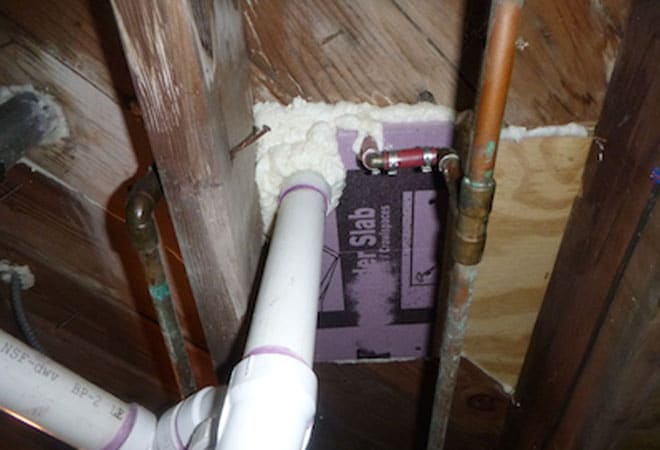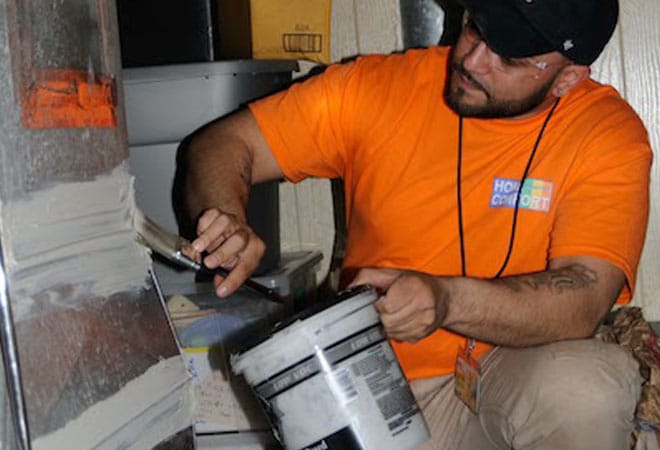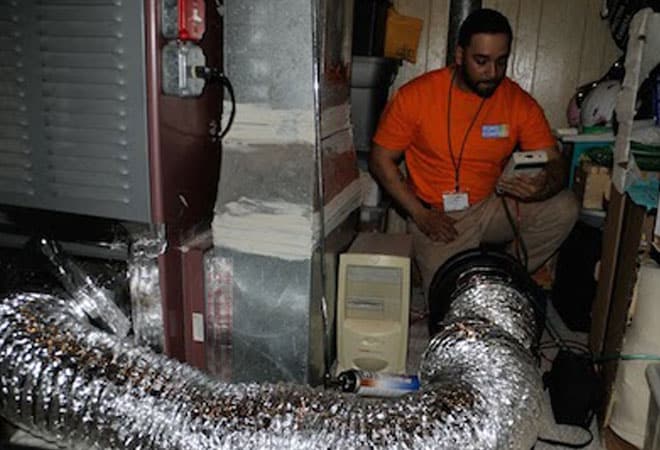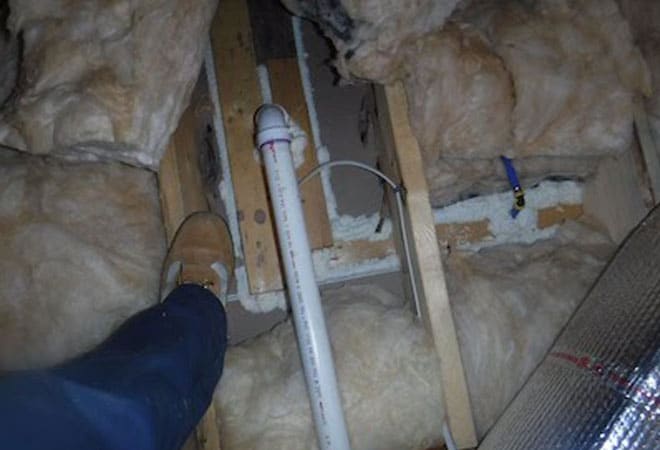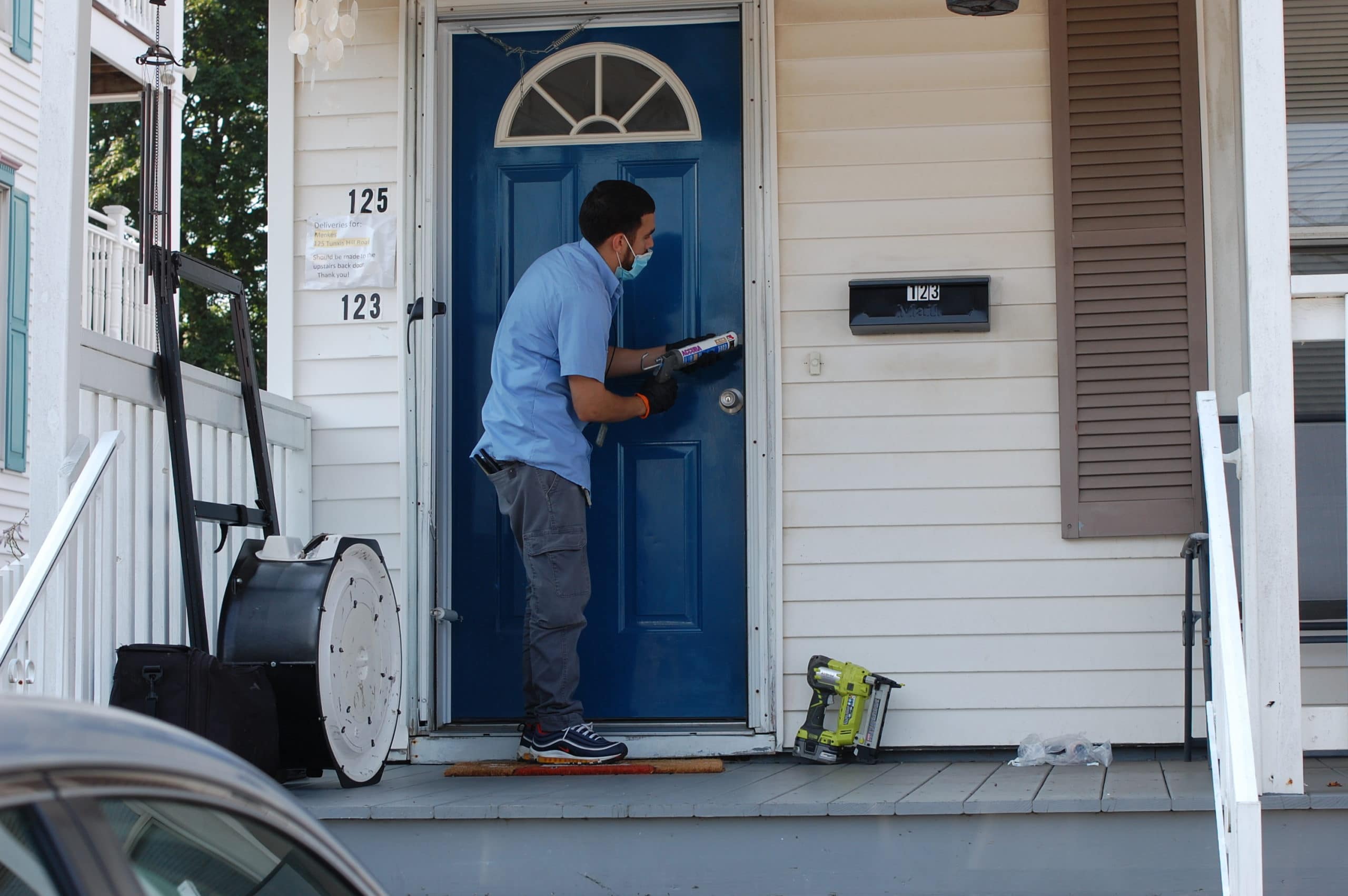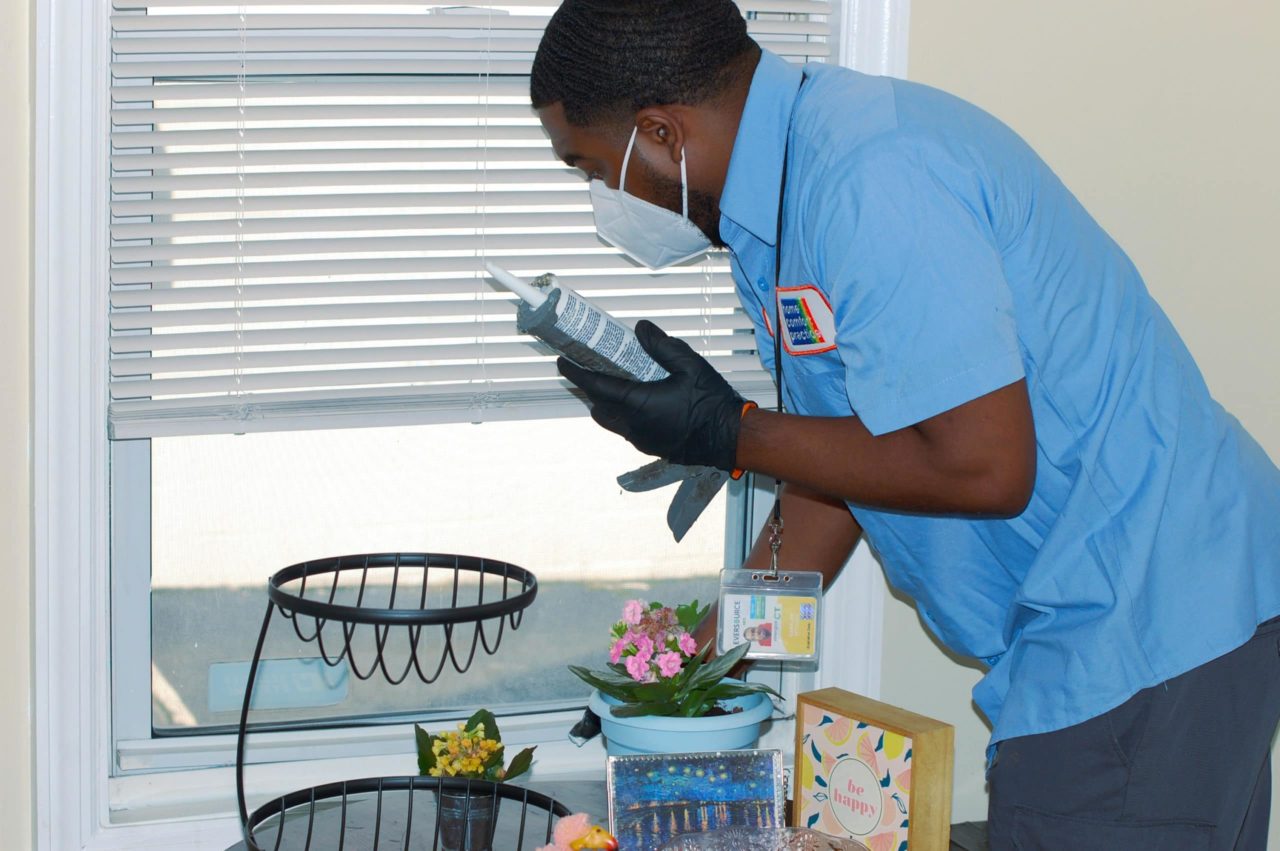Air sealing involves identifying and sealing all the gaps, crevices, and unsealed seams in your home that contribute to air leaks, which impact interior climate control, air quality, humidity levels, and overall comfort.
Air Sealing Fundamentals
Air sealing significantly reduces the amount of cold or warm air that leaks in and out of your home. At Home Comfort Practice, we specialize in air sealing services provided by our team of skilled and experienced professionals. Our team of building scientists prioritizes corrective measures to maximize cost effectiveness, comfort and energy-efficiency. We use state-of-the-art equipment and techniques to locate and seal areas of air leakage throughout your home effectively. The result is well regulated air flow that is consistent and comfortable throughout the year.
Blower Door Testing
Using a specialized fan, we pressurize or depressurize your home to create a measurable difference in air pressure, which allows us to identify any unsealed gaps, cracks, or openings. By measuring the rate of air flow and pressure differences, we can accurately determine the level of air-tightness of your home's envelope.
Our building scientists then employ infrared imaging tools while the home's pressure is being controlled and monitored by the blower fan. This allows us to pinpoint the exact sources of leaks in your home by detecting heat flow through walls, windows, the basement, and roof deck, revealing any areas where heat is escaping.
We accurately locate and effectively remedy any leaks throughout the building envelope. As we progress from basic to advanced air sealing measures, we increasingly make the home envelope tight and fortify the thermal barrier of the home.
Our goal is to improve the energy efficiency of your home and maximize your comfort by ensuring that conditioned air remains inside while preventing unwanted outdoor air from entering. Here are some common sources of leaks and how we address them.
Where to Air Seal
To prevent heat loss, the most critical areas to address are the attic and ceilings. In poorly insulated and unsealed homes, warm air can quickly escape through gaps in the ceiling, leading to significant heat loss and increased energy bills. This escaping warm air creates a vacuum effect that pulls in cold air from outside, further decreasing indoor comfort. Here are some common sources of leaks and how we address them.
Attic Floor Air Sealing and Insulation
We use urethane foam spray, caulk, and other high-quality materials to seal holes, vents, wall intersections, and recessed lighting in the attic floor. Then, we add insulation to strengthen the attic ceiling’s thermal blanket.
Basement Air Sealing
We use spray foam to seal the sill plate of the basement. We can also seal holes around basement plumbing, wires, and cracks to prevent the intrusion of harmful air associated with dampness, heating fuel, and furnace combustion.
Sealing Penetrations in Living Spaces
We spray foam into the holes and cracks where plumbing lies between your walls and floors. We also apply caulk to your window frames, door frames, and baseboards. For further air sealing, we can weather-strip your windows and install foam sheets behind electric outlets.
Air Sealed Home
In addition to the immediate benefits of improved air quality and reduced humidity, air sealing also provides long-term advantages such as improved energy efficiency and cost savings. By sealing off gaps and crevices, you reduce the amount of energy needed to heat and cool your home, which can lead to lower energy bills and a more sustainable living environment.
Air Sealing and Insulation Go Hand in Hand

Combining insulation and air sealing techniques can lead to significant improvements in home energy efficiency and comfort. We blow high-density cellulose into wall cavities for both air sealing and insulation. Our strategic placement of cellulose in your exterior walls blocks any leakage that can weaken the wall’s insulation and cause indoor temperatures to become colder. At Home Comfort Practice, we offer tailored solutions that cater to your specific needs, ensuring that your home is as comfortable and energy-efficient as possible.
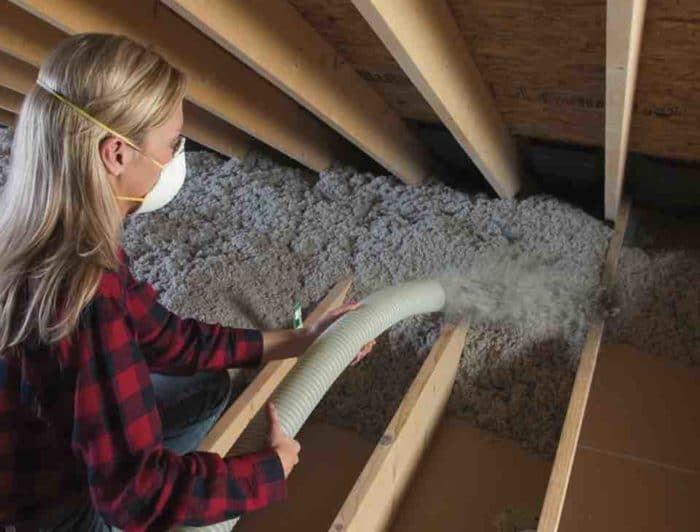
Common Questions
Yes! For a limited time, you can recover between 75% and 100% of home insulation costs through Home Energy Solutions! The program is an initiative of Energize Connecticut. The program is funded by small charges you're already paying on your utility bills and allows you to access insulation services at reduced costs and potentially free-of-charge. By performing an Energize CT energy audit, Home Comfort Practice can qualify you for Eversource rebates and UI rebates. The rebates can apply to insulation, windows, appliances, and other energy efficiency upgrades. Get started now by scheduling a home energy audit.
During an Home Energy Solutions (HES) visit, a utility-certified technician will evaluate your home’s energy performance and install energy-saving measures such as sealing air leaks and installing energy-efficient lighting, faucet aerators and low-flow showerheads. The technicians will also provide written recommendations for deeper energy -saving measures such as insulation, high-efficiency heating and cooling, water heating, windows and appliances. To help you in making smart energy choices, your recommendations will include information on rebates and financing along with payback and investment information specific to your home.

